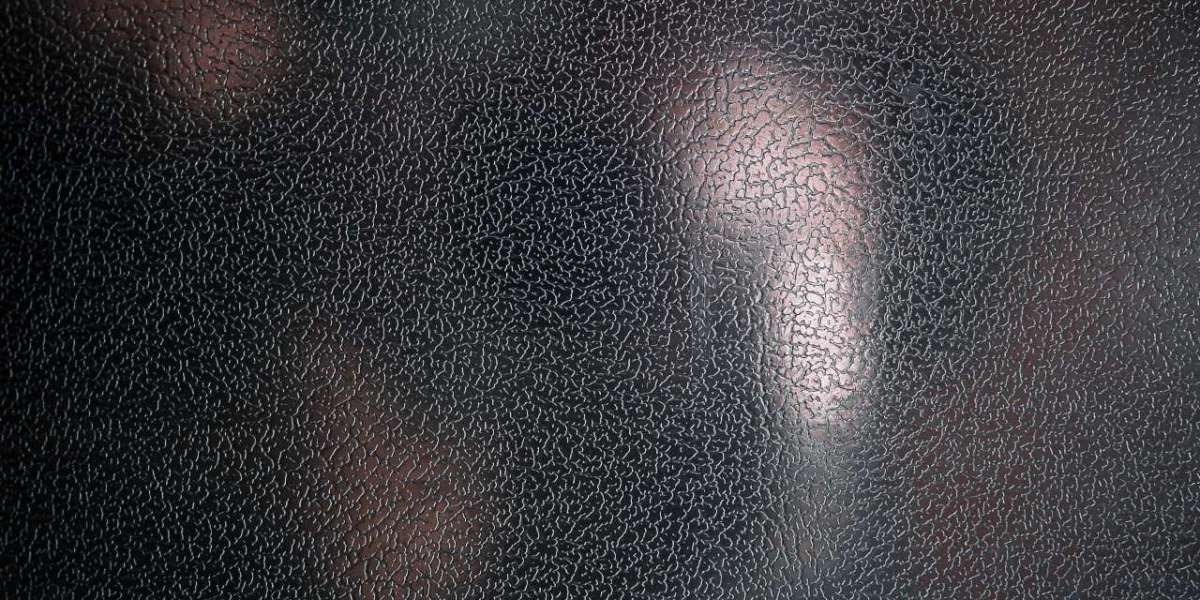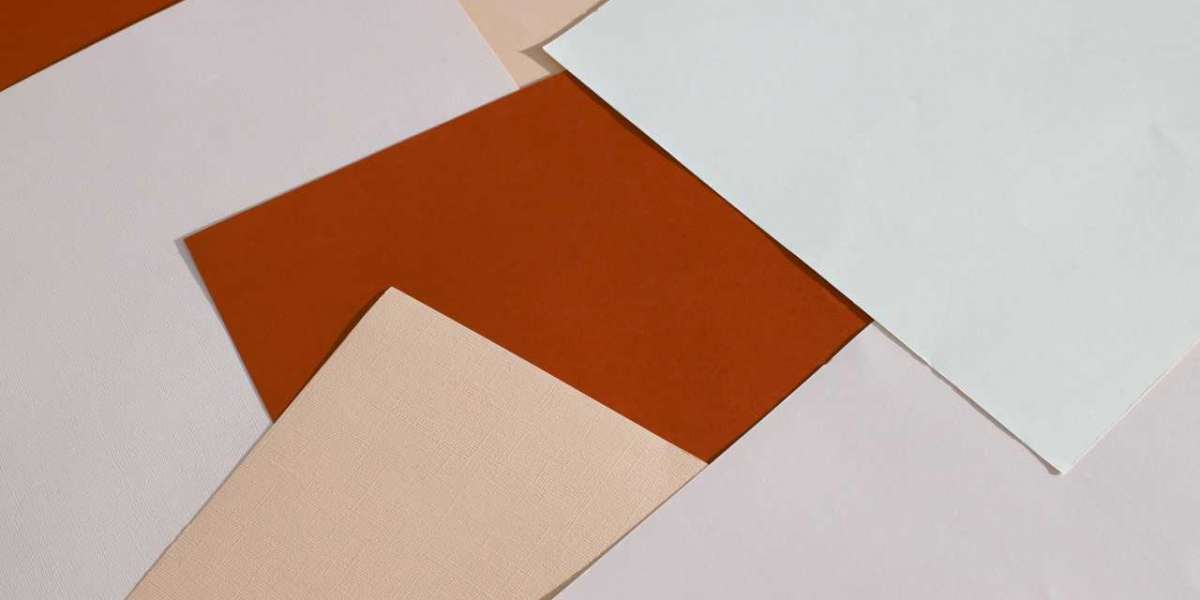In an era dominated by sleek, minimalist designs and mass-produced items, the charm of vintage dinnerware sets stands out as a testament to timeless elegance and craftsmanship. These pieces not only serve a functional purpose but also tell stories of bygone eras, making them a cherished addition to any modern home.

The Allure of Vintage Dinnerware
Vintage dinnerware sets captivate with their intricate patterns, rich colors, and unique designs. Unlike contemporary pieces, which often prioritize uniformity and simplicity, vintage sets offer a glimpse into the artistic trends and cultural influences of their time. For instance, Art Deco dinnerware from the 1920s showcases geometric patterns and bold colors, reflecting the era's fascination with modernity and luxury.
Moreover, the materials used in vintage dinnerware, such as fine bone china, porcelain, and earthenware, contribute to their enduring appeal. These materials not only enhance the aesthetic value but also ensure durability, allowing these pieces to be passed down through generations.
Incorporating Vintage Dinnerware into Modern Settings
Integrating vintage dinnerware into contemporary homes can create a striking contrast that enhances the overall aesthetic. One innovative approach is to mix and match vintage pieces with modern tableware. This eclectic style adds character and depth to your dining experience, making every meal feel special.
For example, pairing a vintage floral-patterned plate with a sleek, modern charger can create a visually appealing table setting. Additionally, using vintage teacups or dessert plates as accent pieces can add a touch of nostalgia and elegance to your gatherings.
The Sustainability Aspect
In today's world, where sustainability is a growing concern, opting for vintage dinnerware sets is an environmentally friendly choice. By choosing pre-loved items, you are reducing the demand for new production, which often involves significant resource consumption and waste generation. Vintage dinnerware is a perfect example of how reusing and repurposing can contribute to a more sustainable lifestyle.
Furthermore, the quality and craftsmanship of vintage pieces mean they are likely to last longer than many modern alternatives, reducing the need for frequent replacements and further minimizing environmental impact.
Where to Find Vintage Dinnerware
Finding the perfect vintage dinnerware set can be an exciting treasure hunt. Antique shops, flea markets, and estate sales are excellent places to start your search. Online marketplaces and auction sites also offer a wide range of options, allowing you to explore pieces from different eras and regions.
When purchasing vintage dinnerware, it's essential to inspect the items carefully for any signs of damage or wear. Look for maker's marks or stamps, which can provide valuable information about the piece's origin and authenticity. Additionally, consider the condition of the glaze and any potential lead content, especially if you plan to use the dinnerware for serving food.
Conclusion
Exploring the beauty of vintage dinnerware sets in today's modern world offers a unique opportunity to blend history, art, and sustainability into your daily life. These timeless pieces not only elevate your dining experience but also serve as a reminder of the rich cultural heritage they represent. By incorporating vintage dinnerware into your home, you are preserving a piece of history while adding a touch of elegance and charm to your modern lifestyle.
Whether you are a seasoned collector or a newcomer to the world of vintage dinnerware, the journey of discovering and appreciating these beautiful pieces is a rewarding and enriching experience. So, why not start your exploration today and bring a touch of vintage elegance to your modern table?








